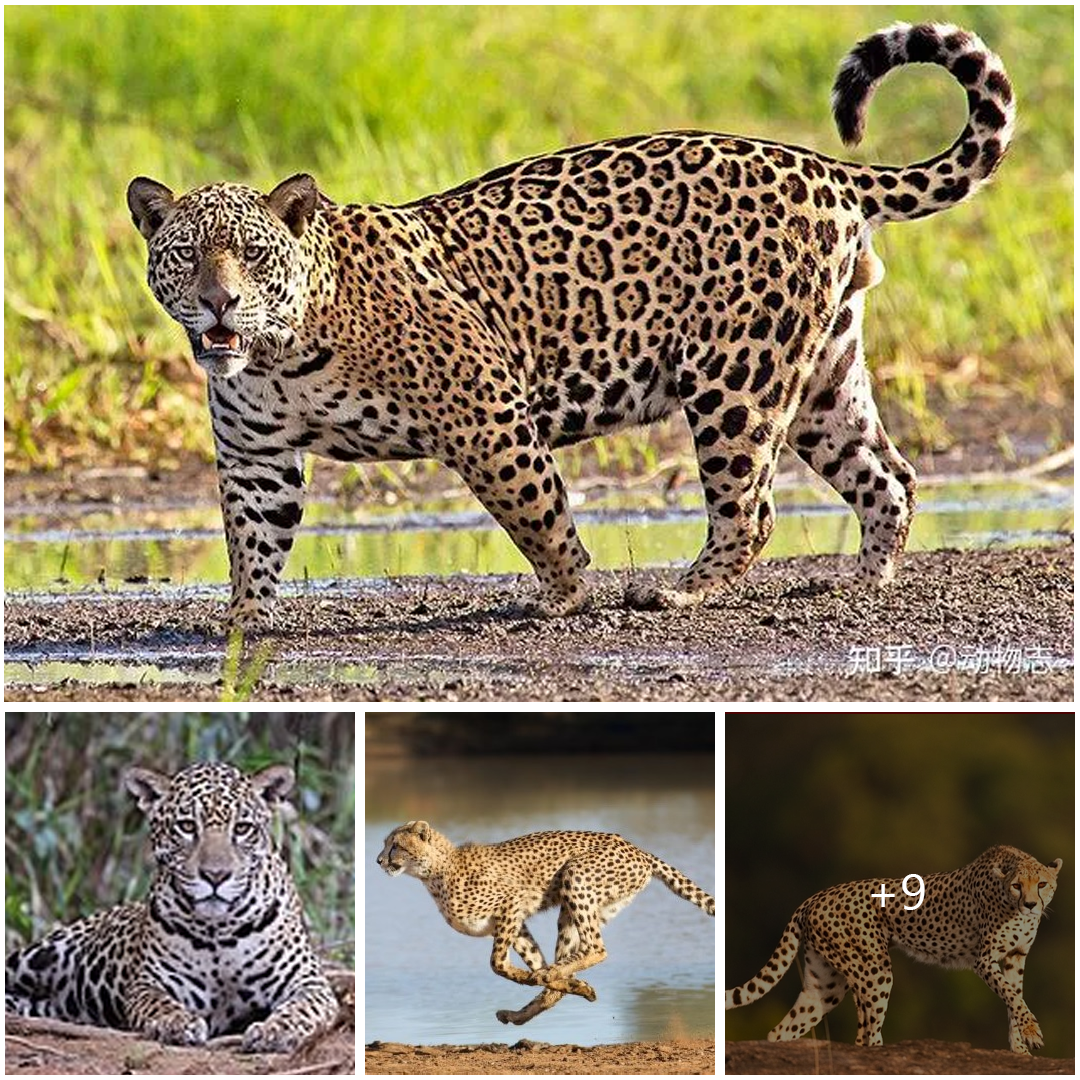
Unveiling the Impressive Speed of the Cheetah: Africa’s Swift Predator
The cheetah (Acinonyx jubatus) is renowned as the fastest land animal on Earth, capable of achieving remarkable speeds that leave other predators in its dust. This magnificent feline species, with its sleek build and distinctive spots, is a marvel of evolution and a symbol of speed and agility in the animal kingdom.
Physical Characteristics:
Cheetahs are instantly recognizable by their slender, aerodynamic bodies, long legs, and distinctive black spots scattered across their golden-yellow coats. Their streamlined form, lightweight skeleton, and large nasal passages contribute to their exceptional speed and agility, enabling them to accelerate rapidly and maneuver effortlessly while chasing down prey.
With their sharp claws, semi-retractable claws, and specialized paw pads that provide extra traction, cheetahs possess the ideal physical attributes for high-speed pursuit on the open savannas and grasslands of Africa.

Speed and Acceleration:
Cheetahs are unparalleled in their ability to accelerate from a standstill to speeds of up to 60 to 70 miles per hour (96 to 113 kilometers per hour) in just a few seconds. This incredible burst of speed allows them to cover distances of up to 500 meters (1,640 feet) in a single sprint, making them formidable hunters capable of outpacing even the swiftest of prey species.
During a chase, cheetahs rely on their keen eyesight to lock onto their target and anticipate its movements, using short, powerful bursts of speed to close the gap and deliver a decisive pounce. While their top speed is impressive, cheetahs cannot maintain it for extended periods, typically exhausting themselves after just a few minutes of intense exertion.
Hunting Strategies:
Cheetahs are specialized hunters that primarily target small to medium-sized ungulates such as gazelles, impalas, and springboks. Their hunting strategy often involves stalking and approaching their prey as closely as possible before launching a lightning-fast ambush, using their incredible speed and agility to outmaneuver and outpace their quarry.
Once within striking distance, cheetahs deliver a swift, suffocating bite to the throat or muzzle of their prey, quickly immobilizing it and bringing the hunt to a swift and efficient conclusion. Despite their formidable hunting prowess, cheetahs must contend with fierce competition from larger predators such as lions and hyenas, which frequently steal their kills and pose a threat to their survival.
Conservation Status:
Despite their extraordinary capabilities, cheetahs face numerous threats to their survival, including habitat loss, human-wildlife conflict, poaching, and the illegal wildlife trade. As a result, cheetah populations have declined significantly in recent decades, with estimates suggesting that fewer than 7,500 individuals remain in the wild today.
Conservation efforts aimed at protecting and restoring cheetah habitats, reducing human-wildlife conflicts, and combating poaching and illegal trade are crucial for ensuring the long-term survival of this iconic species. By raising awareness of the cheetah’s plight and implementing effective conservation measures, we can help secure a brighter future for these magnificent predators and the ecosystems they inhabit.





